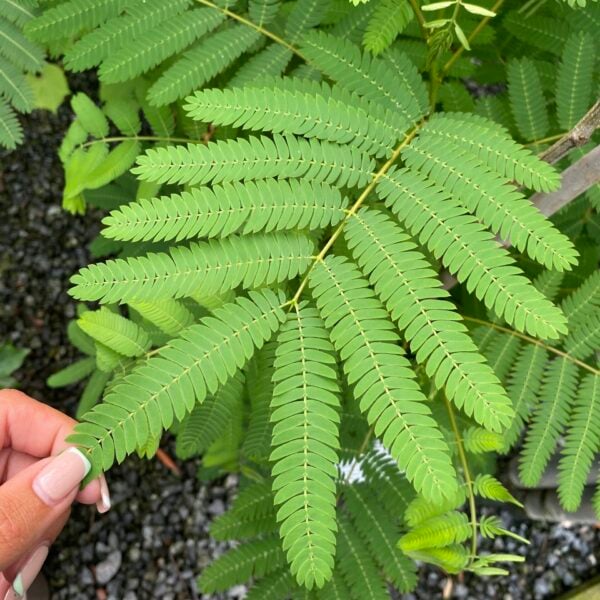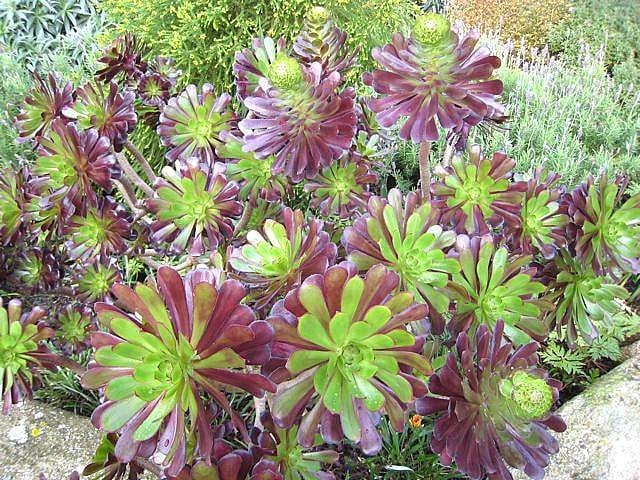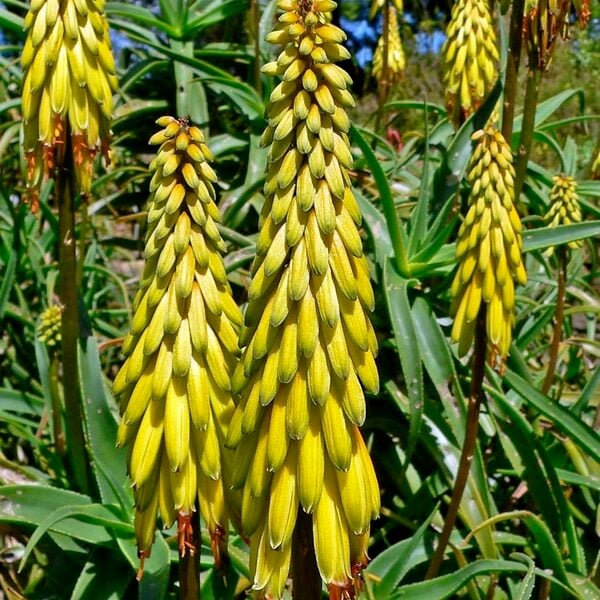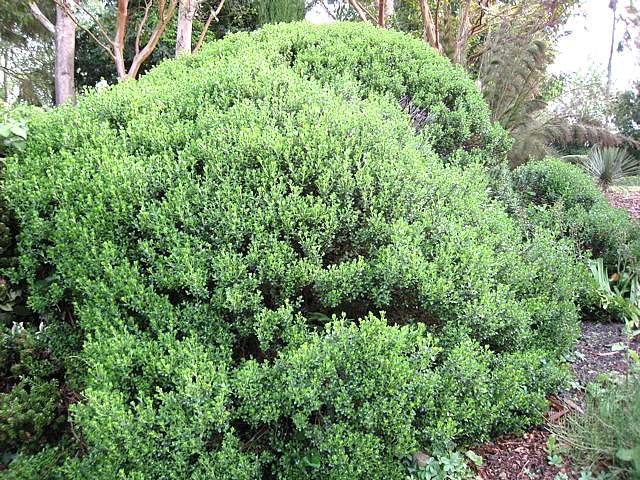Ceanothus azureus ‘Concha’ (Californian Lilac)
An easy evergreen from California. Masses of dark blue fragrant flowers in June. A shrub but can be made into a pretty little tree by judicious pruning. If you want. Please contact us for stock availability and sizes.

Hardiness level Green
A vigorous plant, likes a sunny position in well drained soil. Can be pruned and shaped into a small tree or makes an excellent and fairly quick hedge. Prune and shape immediately after flowering (early summer) and thereafter through the summer. The more you clip it, the better it looks.
Pretty drought resistant but don't be misled - drought resistance in plants (except in Cacti) is because the plant is so vigorous, it has the ability to find water where others may not. So, important - when first planted water like mad. It may be potentially drought resistant but it's also a vigorous and therefore a thirsty plant. And remember to water the rootball, not just the surrounding soil. Propagated by us by cuttings.
N.B. When clipping several plants with the same tool, have a bucket containing a 5% bleach solution and swish your blades around for 30 seconds between plants to sterilise them. This will help avoid the chance of cross contamination of disease.
As with all woody plants, plant high, exposing as much of the taper at the base of the trunk as possible. Allowing soil to accumulate round the base of a tree can be fatal. Keep very well watered when first planted.
Additional Information |
|
|---|---|
| Soil Type | |
| Light | |
| Plant Type | Evergreen, Flowers, Grown by Us, Screening Plants, Shrubs, Trees |
| Continent of Origin | |
| Specialist Plants | |
| Tree Size | |
| Situation | Coastal, Exposed (To wind and sun), Mild City Gardens, Plants for Pots, Seaside, Sheltered Garden |
| Flower Colour | |
| Hardiness | |













